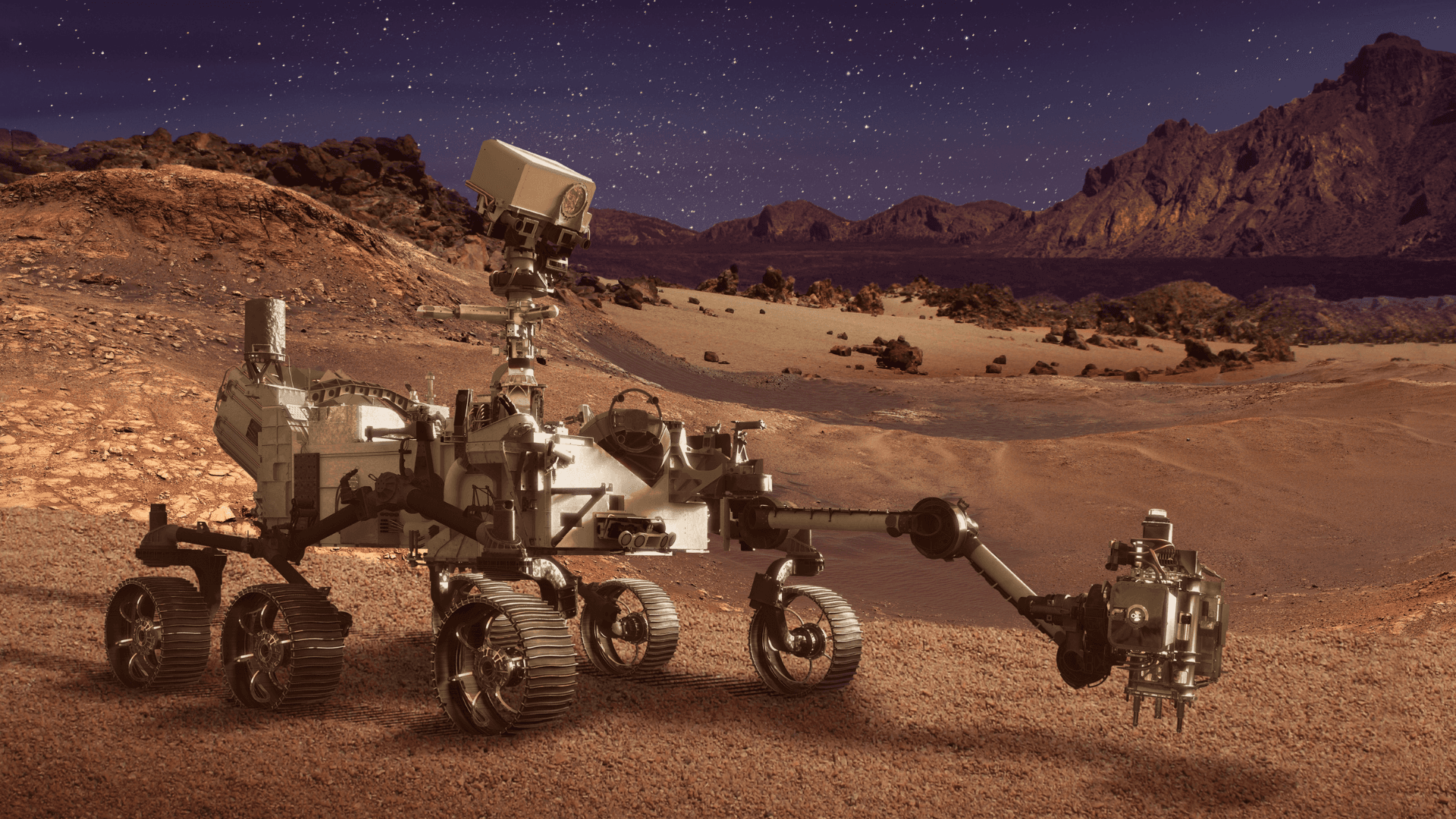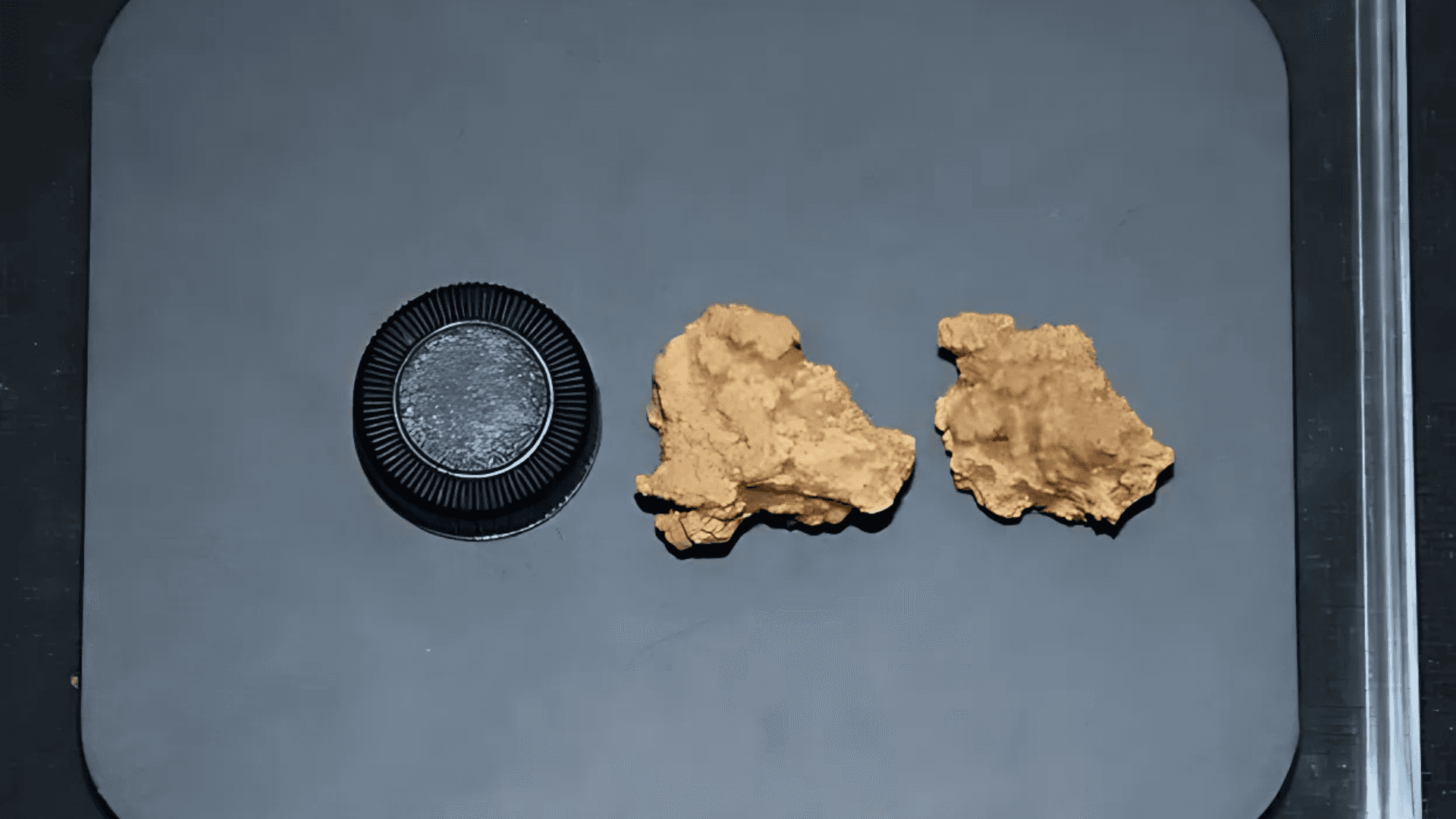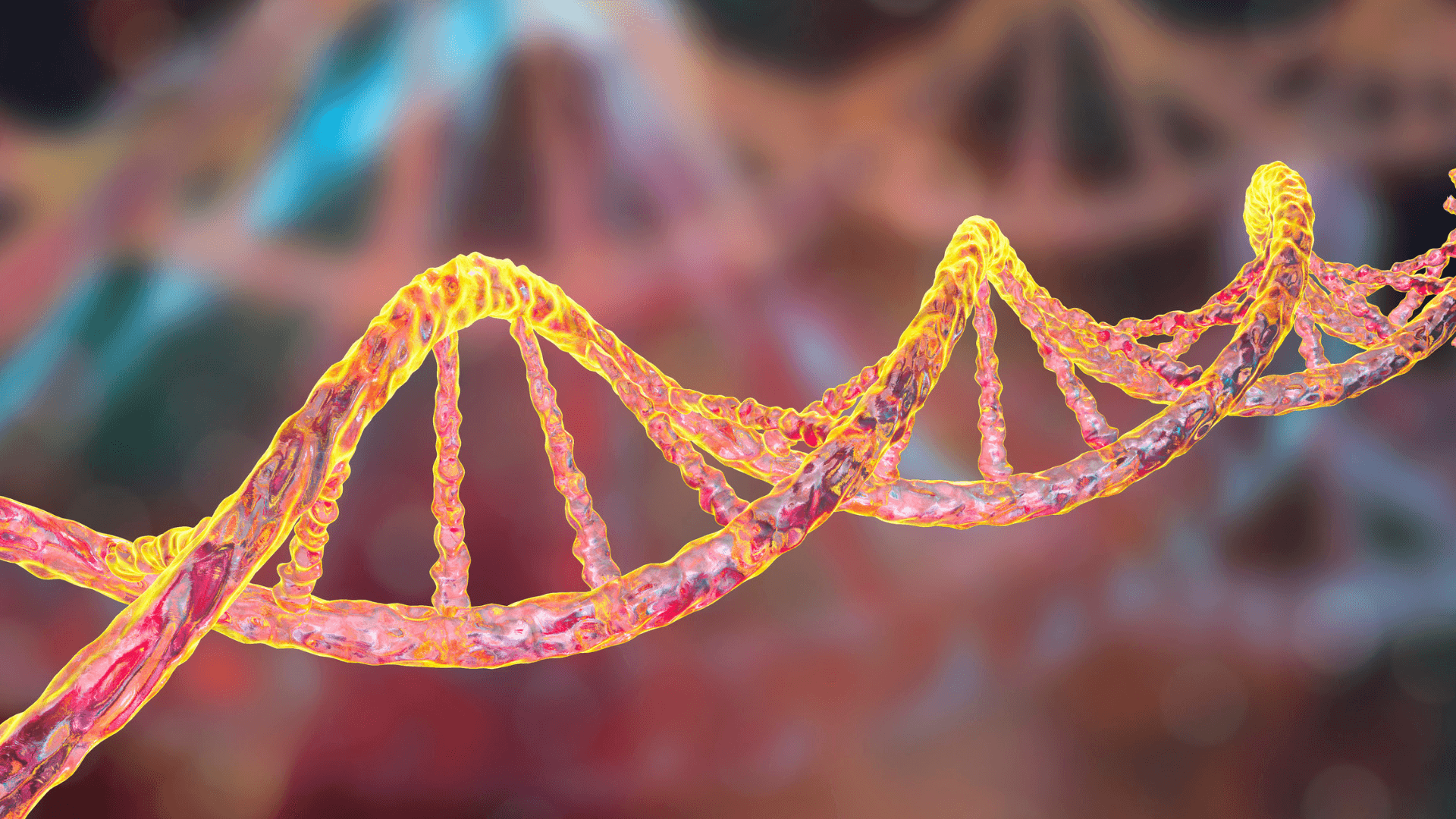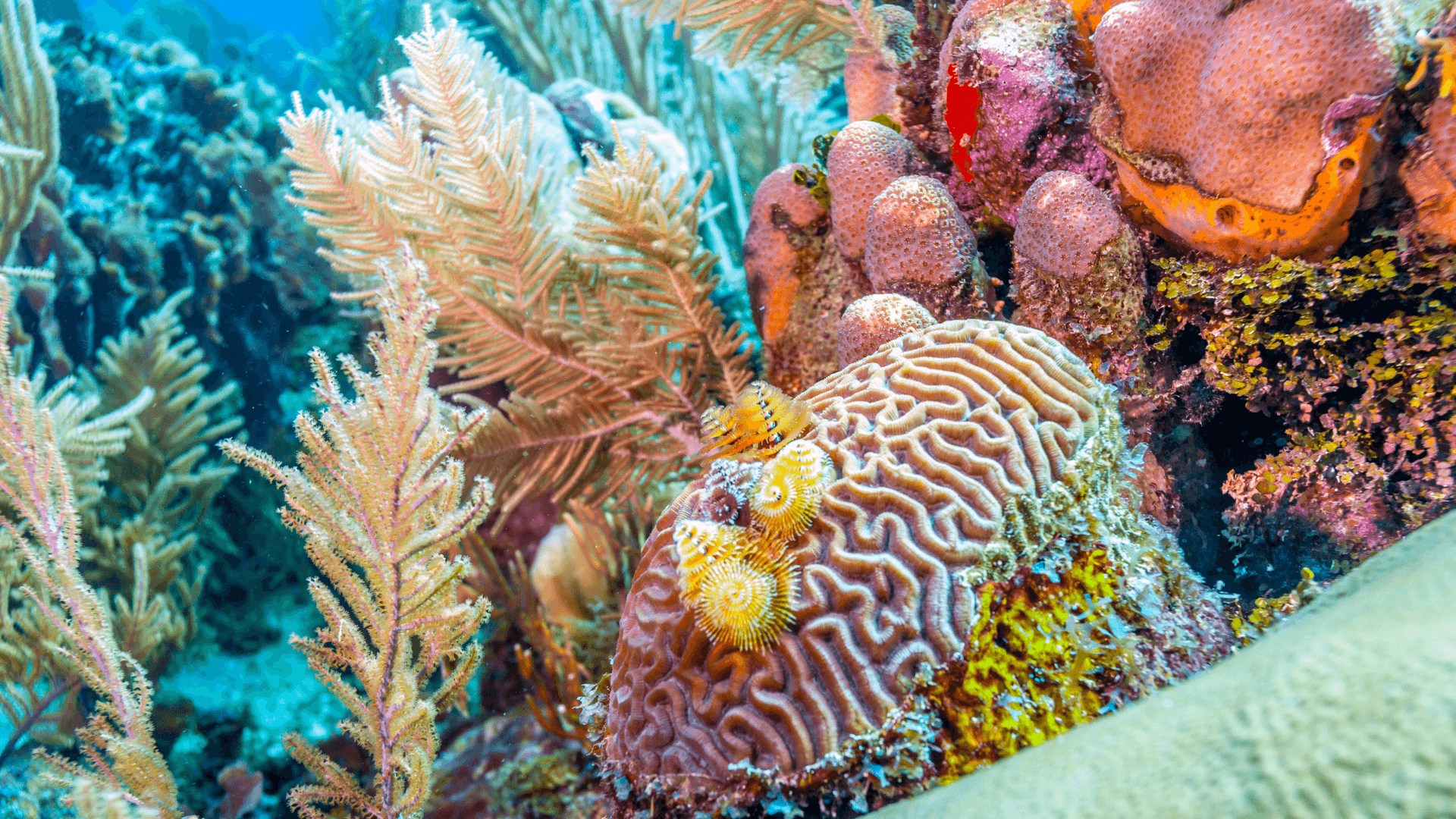Study Shows that Duplication of the AMY1 Gene, Related to Starch Digestion, Predates Agriculture
Study Shows that Duplication of the AMY1 Gene, Related to Starch Digestion, Predates Agriculture
Study Shows that Duplication of the AMY1 Gene, Related to Starch Digestion, Predates Agriculture
Oct 14, 2024
Oct 14, 2024
Oct 14, 2024

Illustrative image. Credit: Getty Images via Canva.
Illustrative image. Credit: Getty Images via Canva.
Illustrative image. Credit: Getty Images via Canva.
Discover how the duplication of the AMY1 gene, essential for starch digestion, influenced human adaptation to carbohydrate-rich diets long before the advent of agriculture and how it continues to impact our metabolic health today.
Discover how the duplication of the AMY1 gene, essential for starch digestion, influenced human adaptation to carbohydrate-rich diets long before the advent of agriculture and how it continues to impact our metabolic health today.
Discover how the duplication of the AMY1 gene, essential for starch digestion, influenced human adaptation to carbohydrate-rich diets long before the advent of agriculture and how it continues to impact our metabolic health today.
Recent research has revealed that the duplication of the AMY1 gene, responsible for starch digestion in the mouth, occurred more than 800,000 years ago—long before the emergence of agriculture. This gene, which facilitates the conversion of starch into glucose, was crucial for human adaptation to carbohydrate-rich diets, allowing significant dietary flexibility before developing agricultural techniques.
Pre-Agricultural Humans and Neanderthals with High Levels of the AMY1 Gene
Analyses of ancient genomes show that before the advent of agriculture, humans already possessed between four and eight copies of the AMY1 gene. This genetic variation was also observed in Neanderthals and Denisovans, indicating that the adaptation was not exclusive to modern humans. The high copy amount suggests that these pre-agricultural populations were well adapted to starch-rich diets, consuming foods like roots and tubers.
The Impact of Agriculture on the AMY1 Gene
With the emergence of agriculture, the number of copies of the AMY1 gene increased even further, especially among early European farmers whose diets were rich in starch. Over the past 4,000 years, this genetic variation intensified, allowing more efficient starch digestion and offering a survival advantage in environments where the cultivation of grains and vegetables became common.
Genetic Flexibility for Varied Diets
The initial duplication of the AMY1 gene provided genetic flexibility that helped humans adapt to dietary changes. The variation from one to nine copies per haploid cell increased efficiency in starch digestion, making humans more resilient to new environments and food technologies. This genetic diversity was a primary factor in the survival and adaptation of human populations to various diets.
Relationship Between AMY1 Gene Variation and Metabolic Health
The number of copies of the AMY1 gene directly impacts starch digestion and glucose metabolism. Studies indicate that people with more copies of this gene are more efficient at digesting carbohydrates, which can influence critical aspects of metabolic health. Future research may explore how this genetic variation affects nutrition and health, especially in populations with different dietary patterns.
Domesticated Animals Also Show Duplication of the AMY1 Gene
Interestingly, domesticated animals like dogs and pigs, which have lived alongside humans for millennia, also exhibit increasing copies of the AMY1 gene. This similarity with humans suggests that these animals faced similar evolutionary pressures, adapting to starch-rich diets due to coexistence with humans.
Research Opportunities in the Study of the AMY1 Gene
Understanding variations in the AMY1 gene offers a valuable opportunity to study human evolution and metabolism. Research on this gene can reveal important mechanisms behind digestion and health, and scientists continue to investigate the exact timing and effects of this genetic selection throughout history. These studies promise to bring new perspectives on the relationship between genetics, diet, and human health.
—
Delve deeper into the evolutionary and nutritional impacts of the AMY1 gene by reading the full article. Explore the scientific findings here.
Recent research has revealed that the duplication of the AMY1 gene, responsible for starch digestion in the mouth, occurred more than 800,000 years ago—long before the emergence of agriculture. This gene, which facilitates the conversion of starch into glucose, was crucial for human adaptation to carbohydrate-rich diets, allowing significant dietary flexibility before developing agricultural techniques.
Pre-Agricultural Humans and Neanderthals with High Levels of the AMY1 Gene
Analyses of ancient genomes show that before the advent of agriculture, humans already possessed between four and eight copies of the AMY1 gene. This genetic variation was also observed in Neanderthals and Denisovans, indicating that the adaptation was not exclusive to modern humans. The high copy amount suggests that these pre-agricultural populations were well adapted to starch-rich diets, consuming foods like roots and tubers.
The Impact of Agriculture on the AMY1 Gene
With the emergence of agriculture, the number of copies of the AMY1 gene increased even further, especially among early European farmers whose diets were rich in starch. Over the past 4,000 years, this genetic variation intensified, allowing more efficient starch digestion and offering a survival advantage in environments where the cultivation of grains and vegetables became common.
Genetic Flexibility for Varied Diets
The initial duplication of the AMY1 gene provided genetic flexibility that helped humans adapt to dietary changes. The variation from one to nine copies per haploid cell increased efficiency in starch digestion, making humans more resilient to new environments and food technologies. This genetic diversity was a primary factor in the survival and adaptation of human populations to various diets.
Relationship Between AMY1 Gene Variation and Metabolic Health
The number of copies of the AMY1 gene directly impacts starch digestion and glucose metabolism. Studies indicate that people with more copies of this gene are more efficient at digesting carbohydrates, which can influence critical aspects of metabolic health. Future research may explore how this genetic variation affects nutrition and health, especially in populations with different dietary patterns.
Domesticated Animals Also Show Duplication of the AMY1 Gene
Interestingly, domesticated animals like dogs and pigs, which have lived alongside humans for millennia, also exhibit increasing copies of the AMY1 gene. This similarity with humans suggests that these animals faced similar evolutionary pressures, adapting to starch-rich diets due to coexistence with humans.
Research Opportunities in the Study of the AMY1 Gene
Understanding variations in the AMY1 gene offers a valuable opportunity to study human evolution and metabolism. Research on this gene can reveal important mechanisms behind digestion and health, and scientists continue to investigate the exact timing and effects of this genetic selection throughout history. These studies promise to bring new perspectives on the relationship between genetics, diet, and human health.
—
Delve deeper into the evolutionary and nutritional impacts of the AMY1 gene by reading the full article. Explore the scientific findings here.
Recent research has revealed that the duplication of the AMY1 gene, responsible for starch digestion in the mouth, occurred more than 800,000 years ago—long before the emergence of agriculture. This gene, which facilitates the conversion of starch into glucose, was crucial for human adaptation to carbohydrate-rich diets, allowing significant dietary flexibility before developing agricultural techniques.
Pre-Agricultural Humans and Neanderthals with High Levels of the AMY1 Gene
Analyses of ancient genomes show that before the advent of agriculture, humans already possessed between four and eight copies of the AMY1 gene. This genetic variation was also observed in Neanderthals and Denisovans, indicating that the adaptation was not exclusive to modern humans. The high copy amount suggests that these pre-agricultural populations were well adapted to starch-rich diets, consuming foods like roots and tubers.
The Impact of Agriculture on the AMY1 Gene
With the emergence of agriculture, the number of copies of the AMY1 gene increased even further, especially among early European farmers whose diets were rich in starch. Over the past 4,000 years, this genetic variation intensified, allowing more efficient starch digestion and offering a survival advantage in environments where the cultivation of grains and vegetables became common.
Genetic Flexibility for Varied Diets
The initial duplication of the AMY1 gene provided genetic flexibility that helped humans adapt to dietary changes. The variation from one to nine copies per haploid cell increased efficiency in starch digestion, making humans more resilient to new environments and food technologies. This genetic diversity was a primary factor in the survival and adaptation of human populations to various diets.
Relationship Between AMY1 Gene Variation and Metabolic Health
The number of copies of the AMY1 gene directly impacts starch digestion and glucose metabolism. Studies indicate that people with more copies of this gene are more efficient at digesting carbohydrates, which can influence critical aspects of metabolic health. Future research may explore how this genetic variation affects nutrition and health, especially in populations with different dietary patterns.
Domesticated Animals Also Show Duplication of the AMY1 Gene
Interestingly, domesticated animals like dogs and pigs, which have lived alongside humans for millennia, also exhibit increasing copies of the AMY1 gene. This similarity with humans suggests that these animals faced similar evolutionary pressures, adapting to starch-rich diets due to coexistence with humans.
Research Opportunities in the Study of the AMY1 Gene
Understanding variations in the AMY1 gene offers a valuable opportunity to study human evolution and metabolism. Research on this gene can reveal important mechanisms behind digestion and health, and scientists continue to investigate the exact timing and effects of this genetic selection throughout history. These studies promise to bring new perspectives on the relationship between genetics, diet, and human health.
—
Delve deeper into the evolutionary and nutritional impacts of the AMY1 gene by reading the full article. Explore the scientific findings here.
Compartir en:
Compartir en:
Ver También
Ver También

DeepSeek AI: el chatbot chino que está sacudiendo el mercado global
Feb 7, 2025

Estudio revela que la vida social activa puede reducir el riesgo de demencia
Feb 4, 2025

Año nuevo lunar 2025: la llegada del año de la serpiente
Jan 30, 2025

Nueva hipótesis sobre el origen de los dinosaurios desafía conceptos tradicionales
Jan 27, 2025

Colapso de la plataforma de hielo Conger: alerta para la Antártida Oriental
Dec 20, 2024

Emociones y el cuerpo humano: conexiones milenarias en textos neoasirios
Dec 20, 2024

Un estudio relaciona la contaminación atmosférica con el riesgo de tromboembolia venosa
Dec 20, 2024

Ambiente potencialmente habitable en Marte descubierto por Perseverance
Dec 20, 2024

Revolución XRISM: Nuevos descubrimientos sobre agujeros negros supermasivos
Oct 15, 2024

Estudio aponta que la duplicación del gen AMY1, relacionado con la digestión del almidón, precede a la agricultura
Oct 14, 2024

Nacimientos en la UE caen por debajo de los 4 millones por primera vez desde 1960
Oct 11, 2024

Excavación en Dinamarca revela 50 esqueletos Viking increíblemente preservados
Oct 10, 2024

Estudio detecta mayor incidencia de asma y rinitis alérgica en personas nacidas en otoño e invierno en Finlandia
Oct 9, 2024

Estudio señala similitudes entre la pubertad de adolescentes de la Edad de Hielo y jóvenes modernos
Oct 8, 2024

Análisis de ADN en momias chinas de 3.600 años revela el queso más antiguo del mundo
Oct 7, 2024

Estudio revela estabilidad genética de poblaciones del África Austral durante 10 milenios
Oct 4, 2024

Nueve lugares míticos que podrían haber existido, según descubrimientos arqueológicos
Oct 3, 2024

Cómo los derechos humanos pueden salvar los arrecifes de coral y responsabilizar a los gobiernos
Oct 2, 2024

Informe de Carbon Brief señala que 2024 podría ser el año más cálido de la historia
Sep 4, 2024

El clima determina la distribución de mamíferos, revela estudio de la Universidad Estatal de Carolina del Norte
Sep 4, 2024

DeepSeek AI: el chatbot chino que está sacudiendo el mercado global
Feb 7, 2025

Estudio revela que la vida social activa puede reducir el riesgo de demencia
Feb 4, 2025

Año nuevo lunar 2025: la llegada del año de la serpiente
Jan 30, 2025

Nueva hipótesis sobre el origen de los dinosaurios desafía conceptos tradicionales
Jan 27, 2025

Colapso de la plataforma de hielo Conger: alerta para la Antártida Oriental
Dec 20, 2024

Emociones y el cuerpo humano: conexiones milenarias en textos neoasirios
Dec 20, 2024

Un estudio relaciona la contaminación atmosférica con el riesgo de tromboembolia venosa
Dec 20, 2024

Ambiente potencialmente habitable en Marte descubierto por Perseverance
Dec 20, 2024

Revolución XRISM: Nuevos descubrimientos sobre agujeros negros supermasivos
Oct 15, 2024

Estudio aponta que la duplicación del gen AMY1, relacionado con la digestión del almidón, precede a la agricultura
Oct 14, 2024

Nacimientos en la UE caen por debajo de los 4 millones por primera vez desde 1960
Oct 11, 2024

Excavación en Dinamarca revela 50 esqueletos Viking increíblemente preservados
Oct 10, 2024

Estudio detecta mayor incidencia de asma y rinitis alérgica en personas nacidas en otoño e invierno en Finlandia
Oct 9, 2024

Estudio señala similitudes entre la pubertad de adolescentes de la Edad de Hielo y jóvenes modernos
Oct 8, 2024

Análisis de ADN en momias chinas de 3.600 años revela el queso más antiguo del mundo
Oct 7, 2024

Estudio revela estabilidad genética de poblaciones del África Austral durante 10 milenios
Oct 4, 2024

Nueve lugares míticos que podrían haber existido, según descubrimientos arqueológicos
Oct 3, 2024

Cómo los derechos humanos pueden salvar los arrecifes de coral y responsabilizar a los gobiernos
Oct 2, 2024

Informe de Carbon Brief señala que 2024 podría ser el año más cálido de la historia
Sep 4, 2024

El clima determina la distribución de mamíferos, revela estudio de la Universidad Estatal de Carolina del Norte
Sep 4, 2024